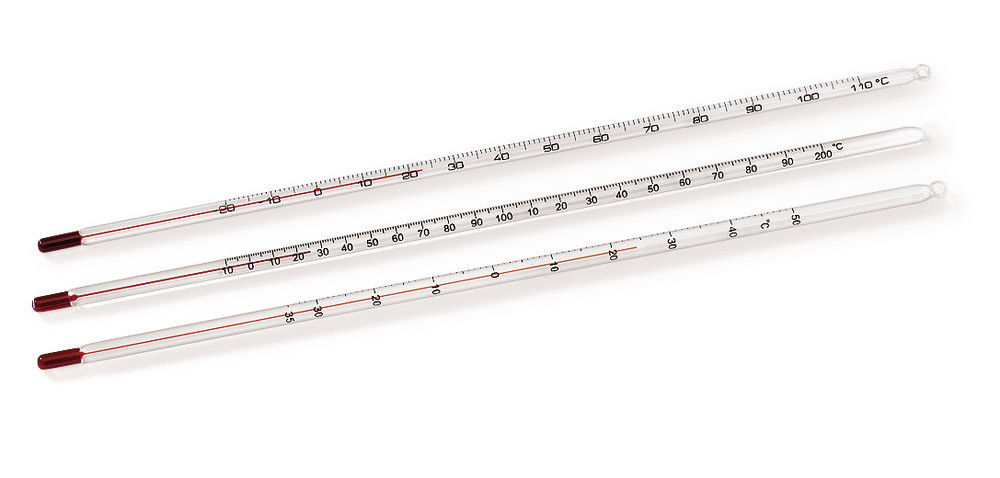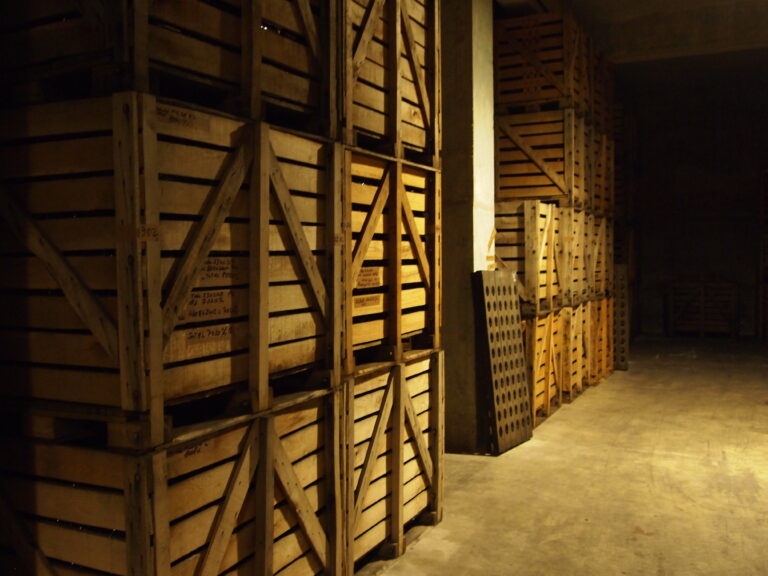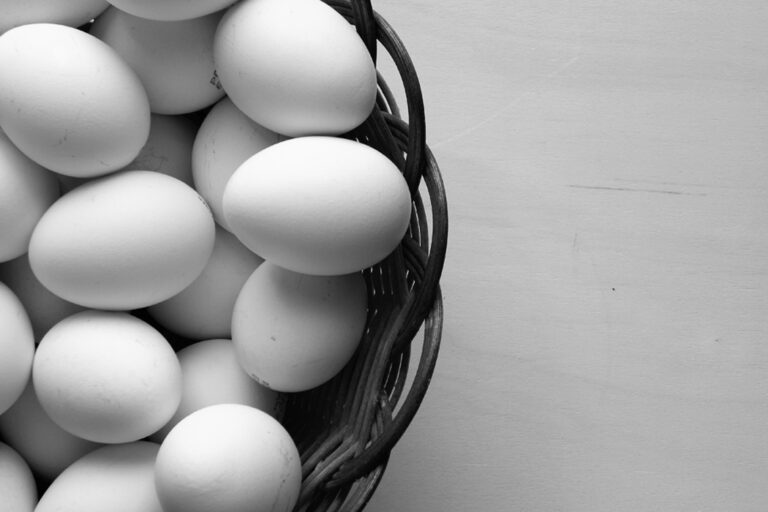Champagne, a sparkling wine, can freeze under certain conditions due to its alcohol and water composition. These components affect the freezing point, which is crucial to know if you wish to chill your champagne properly without mishaps. [read the full champagne story]
Estimated reading time: 12 minutes

Understanding Champagne and Freezing
Composition of Champagne
Champagne is primarily composed of water and ethanol (alcohol), along with various sugars and carbon dioxide that give it its signature fizz. The typical alcohol content in champagne ranges from 12% to 13% by volume. Because of these constituents, champagne behaves differently from pure water when temperatures drop.
Freezing Point of Alcoholic Beverages
The freezing point of alcoholic beverages, including champagne, is lower than the 0°C (32°F) freezing point of water. This is directly related to the alcohol content: higher alcohol levels lower the freezing point. Pure ethanol freezes at -114°C (-173.2°F), but champagne’s ethanol-water blend results in a freezing point that’s somewhere between the two, typically around -9°C to -10°C (15.8°F to 14°F). Your standard home freezer usually is set at -18°C (0°F), meaning your champagne can freeze if left in the freezer for too long.
Effects of Freezing on Champagne
When you freeze champagne, the liquid expands and undergoes a transformation in its physical structure, which can affect everything from the taste to the safety of opening the bottle. Understanding these changes is crucial if you wish to preserve the quality of your champagne.
Physical Changes When Frozen
Champagne, like all liquids, expands when it is frozen. This expansion can cause the bottle to crack or the cork to be pushed out due to the increased pressure inside. Ice crystals that form within the liquid can alter the integrity of the champagne, potentially leading to a less desirable mouthfeel when thawed.
Impact on Taste and Aromatics
The freezing process can significantly impact the taste and aromatics of champagne. Carbonation is responsible for the vivacity and mouthfeel of champagne, and once frozen and thawed, the carbon dioxide can dissipate, leaving your champagne less effervescent. Moreover, delicate floral notes and aromas may become less pronounced, or the taste could turn slightly bitter if the champagne has been oxidized due to exposure to air during freezing and thawing.
Safety Concerns with Frozen Champagne
The safety of handling frozen champagne should not be overlooked. As champagne freezes and the contents expand, the pressure inside the bottle builds up, which can turn it into a potential projectile if the cork is dislodged. Additionally, if your champagne bottle has cracked or shattered, there is a risk of ingesting glass shards. Always handle frozen champagne with caution, and protect yourself when attempting to open or thaw a bottle that has been subject to freezing temperatures.
Preventative Measures and Best Practices
To maintain the quality and drinkability of your champagne, proper storage, and correct chilling practices are essential. Equally important is knowing how to safely thaw champagne should it accidentally freeze.
Proper Champagne Storage
For optimal preservation of your champagne’s flavor and effervescence, store it in a cool, dark place, ideally at a consistent temperature between 45°F to 65°F (7°C to 18°C), and away from sunlight. Your refrigerator is convenient for short-term storage, but for longer periods, a dedicated wine cooler or cellar is preferred. To prevent drying of the cork and preserve sealing, ensure bottles are kept on their sides.
Chilling Champagne Without Freezing
To chill champagne to its ideal serving temperature, which is typically between 45°F and 50°F (7°C and 10°C), use either a refrigerator or an ice bucket. If using a refrigerator, chill the bottle for about three hours before serving. For faster chilling:
- Fill an ice bucket with a mix of water and ice.
- Submerge the champagne bottle up to its neck for 30 minutes.
Avoid freezing champagne, as it can cause the bottle to break or the flavor to deteriorate.
Thawing Frozen Champagne Safely
Thawing frozen champagne should be done with care to prevent the bottle from bursting. Transfer the bottle from the freezer to the refrigerator, letting it defrost slowly over several hours. Do not attempt to thaw champagne in hot water or direct sunlight, as rapid temperature changes put stress on the glass and the champagne itself. Once the bottle returns to a liquid state, gently check that the seal has not been compromised before serving to ensure the drink is enjoyable.
Alternative Uses for Frozen Champagne
When you encounter a bottle of frozen Champagne, remember it can be repurposed both in the kitchen and as an ingredient in creative frozen beverages. Its unique qualities contribute to delightful culinary creations and refreshing twists on classic drinks.
Culinary Applications
Frozen Champagne Ice Cubes: Use these as a base for spectacular mimosas or to add a refined flavor to your sangria. Simply pour your frozen Champagne into an ice cube tray—preferably plastic to prevent sticking—and once frozen, use these cubes to chill and enhance the flavor profile of your beverages without diluting them as traditional ice would.
- Risotto: Incorporate Champagne ice cubes into the liquid you use to gradually cook risotto. The gradual melting will distribute the Champagne flavor evenly.
- French Onion Soup: For a luxurious twist, add a Champagne ice cube to the broth to introduce a subtle complexity.
Frozen Champagne-based Cocktails
Crafting cocktails with frozen Champagne adds a festive touch to any gathering. Here are a couple of recipes:
- Mimosa Slushies:
- Combine frozen Champagne, freshly squeezed orange juice, and a hint of orange liqueur in a blender.
- Blend until smooth and serve immediately for a frosty take on the classic mimosa.
- Sangria Slushies:
- Mix frozen Champagne, a selection of diced fruits, a small amount of brandy, and a splash of fruit juice.
- Blend these ingredients until you achieve a slushy consistency and enjoy a refreshing, fruity cocktail.
Other frozen wine cocktails can be improvised using frozen Champagne as a base—experiment with your favorite flavors to create custom chilled delights.
Related Questions and Considerations
https://www.youtube.com/watch?v=QT8o7rAnico&embed=true
When considering whether champagne will freeze, you need to be aware of the specific properties of various types of champagne and how they might differ in their freezing points. The alcohol content, sugar levels, and acidity all play a role in determining at what temperature champagne will solidify.
Champagne Varietals and Freezing
Brut Nature: You’ll find that this dry champagne varietal, often with lower sugar levels, may freeze a touch sooner than its sweeter counterparts due to a higher percentage of water.
Demi-Sec: Sweeter with more residual sugar, the freezing point lowers, meaning Demi-Sec champagnes require colder temperatures to freeze.
It’s essential to understand that all champagnes are sparkling wines, but not all sparkling wines are champagnes. Still wines like Chardonnay, which may be used in the blend for many champagnes, will have different freezing points due to variations in alcohol content and sugar levels.
Champagne Alternatives and Freezing Points
- Prosecco: This sparkling wine from Italy generally has a slightly higher freezing point than champagne due to its lower alcohol content.
- Still Wines: Unlike sparkling varieties, still wines, which include Chardonnay, typically freeze around 23-28°F (-5 to -2°C) given that they do not have the carbonation affecting the freezing point.
- Gin: As a spirit with a much higher alcohol content, Gin will freeze at a much lower temperature, typically around -10°F (-23°C) or colder.
Keep close tabs on tartaric acid regarding wines. This natural wine acid lowers the freezing point and stabilizes the wine against freezing damage. In champagnes where tartaric acid is prevalent, you might observe a slight shift in the freezing threshold.
Understanding Labeling and Content
Properly interpreting the labeling and content of champagne is essential for understanding its freezing point. Different factors such as alcohol by volume (ABV) and specific production details that are found on the label can significantly impact whether your champagne will freeze.
Alcohol by Volume (ABV) and Freezing
ABV directly influences the freezing point of champagne. Generally, the higher the ABV, the lower the freezing temperature.
- Freezing Point of Water: 0°C (32°F)
- Typical ABV Range for Champagne: 12%-13%
- Estimated Freezing Point of Champagne: -9°C to -6°C (16°F to 21°F)
Your home freezer typically operates at around -18°C (0°F), which is sufficient to freeze champagne given enough time. It is crucial to consider the shelf life and winemaking process, as these can affect the ABV and the stability of champagne when frozen.
Interpreting Champagne Labels
Champagne labels contain important information regarding its make-up and, subsequently, its potential to freeze.
- Look for ‘ABV’: Located on the label, this percentage informs you of alcohol content.
- Identify vintage or non-vintage: Vintage champagnes (marked with a specific year) might have slightly different ABV values compared to non-vintage varieties.
A clear understanding of labeling will assist you in assessing the risks associated with freezing champagne. Remember that excessive freezing can cause bottles to burst or champagne to lose its quality.
Unexpected Events with Champagne
When storing champagne, temperature fluctuations may lead to unexpected results, such as the bottle exploding or the champagne freezing, causing inconvenience and potential damage.
Dealing with an Exploded Bottle
If your champagne bottle has exploded, you are likely dealing with a mess to clean and the loss of your beverage. Follow these steps to manage the situation safely and efficiently:
- Clear the Area: Immediately clear the area of people and pets to prevent harm from broken glass.
- Assess the Situation: Determine the extent of the mess and harmful debris.
- Safety First: Wear gloves and use a brush and dustpan to collect broken glass; never use your hands.
- Disposal: Place shards in a thick cardboard box before disposing to prevent injury to sanitation staff.
Precautions for Preventing Freezing Damage
To prevent your champagne from freezing and the bottle from exploding, adhere to these storage guidelines:
- Optimal Temperature: Store champagne at a stable temperature between 40-60°F (4-15°C).
- Avoid Freezing: Champagne can start to freeze at 15°F (-9°C), leading to expansion and potential explosions.
- Insulation: If storing in a fridge that might get too cold, insulate the bottle with a thermal wrapper.
By applying these methods, you can help prevent the outcome of a frozen and exploded champagne bottle and protect your investment.
Tips for Serving Champagne
When serving Champagne, the two critical aspects to focus on are maintaining the optimal serving temperature and selecting the right accessories to enhance the experience.
Serving Temperature and Quality
Your Champagne should be served cold, ideally between 6°C and 9°C (43°F-48°F). To achieve this, place the bottle in a bucket filled with equal parts ice and water for 20 to 30 minutes. If pressed for time, adding salt to the ice water mixture can reduce chilling time due to the lowered freezing point of saltwater.
- Ice Bath: Place the Champagne bottle in a bucket with a mixture of ice and water to cool quickly.
- Salt: Add to the ice bath to chill the Champagne even faster.
For a different approach, you may store the Champagne in the refrigerator for several hours, but be sure to avoid freezing temperatures that can alter the wine’s structure and risk explosion.
Champagne Accoutrements
The right glass plays a vital role in Champagne enjoyment. Flutes or tulip glasses are best as they enhance the bubbles and aroma of the Champagne. Avoid washing glasses with soap that can leave residue, instead rinse them with hot water and allow them to air dry for a streak-free finish.
- Glassware: Use flutes or tulip glasses for serving. Make sure they’re clean and free of residue.
For added elegance, garnish with fresh fruit such as a strawberry or raspberry, which should be fresh and of high quality to match the sophistication of your beverage.
- Fresh Fruit: Dropping a berry or two into your glass can add a touch of elegance and flavor.
Considerations for Leftover Champagne
When you have leftover champagne, maintaining its quality to ensure it remains drinkable is your main concern.
Reusing and Repurposing Leftover Champagne
Storing Leftover Champagne: Once opened, champagne begins to lose its carbonation and can quickly become flat. To prolong its drinkable state, you should use a champagne stopper designed to preserve the bubbles and store the bottle in the refrigerator. Ideally, consume your leftover champagne within 1-3 days.
Cooking with Champagne: If your champagne isn’t as sparkling, consider using it for cooking. Champagne can add a rich flavor to sauces or can be used as a base for marinades, bringing a unique twist to your dishes.
| Usage | Description |
|---|---|
| Sauces & Marinades | Use flat champagne to deglaze pans or add acidity to marinades. |
| Desserts | Incorporate into mousses, sabayon, or to poach fruits. |
Freezing for Future Use: Freezing leftover champagne in ice cube trays can be a convenient way to preserve it for future recipes. However, keep in mind that it may lose some carbonation and flavor intensity once thawed.
Champagne Vinegar: Should your leftover champagne become too flat to enjoy as a drink, you have the option to turn it into homemade champagne vinegar by letting it ferment for several weeks. Champagne vinegar is suitable for vinaigrettes and gourmet cooking.
- To ensure the transition to vinegar, store your champagne in an open, wide-mouthed jar at room temperature and add a splash of store-bought vinegar to introduce the necessary bacteria.
Frequently Asked Questions
When dealing with Champagne, it’s crucial to understand how temperature can affect its state and your overall experience. Here’s what you need to know about freezing Champagne.
At what temperature does Champagne become solid?
Champagne typically freezes at around 15 to 19 degrees Fahrenheit (-9 to -7 degrees Celsius). However, due to the alcohol content, which lowers the freezing point, this range can vary slightly.
What is the risk of a Champagne bottle exploding if left in the freezer?
The risk is significant. As Champagne freezes, the water content expands, putting pressure on the bottle that can cause it to break or the cork to fly off. This can happen well below the freezing point of water due to the added pressure from carbonation.
How long can Champagne be safely kept in a freezer before it risks freezing?
You should never keep Champagne in the freezer for more than 15 minutes. Champagne can start to freeze within 1-2 hours, risking explosion and ruining the drink.
Is the quality of Champagne compromised after it has been frozen?
Yes, freezing can alter the composition of Champagne, affecting its bubbles and taste. Once thawed, it may never regain its original quality and effervescence.
Is it safe to store Champagne in a vehicle during cold weather?
Storing Champagne in a vehicle during cold weather is not advisable, as temperatures can rapidly change, potentially causing the Champagne to freeze and the bottle to break.
Are Champagne glasses at risk of breaking if used to freeze champagne into ice cubes?
Using Champagne glasses to freeze the beverage into ice cubes is ill-advised. The glass can crack or shatter due to the expansion of the liquid as it freezes, similar to what happens inside a bottle.





